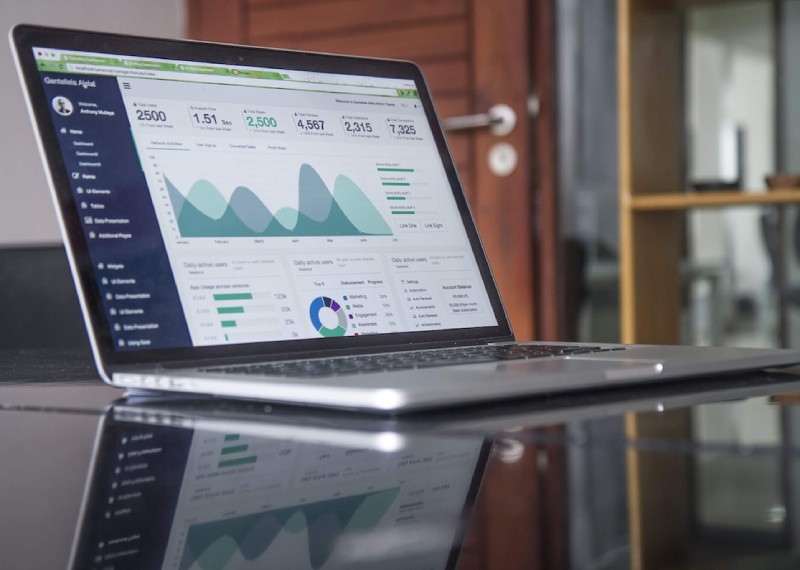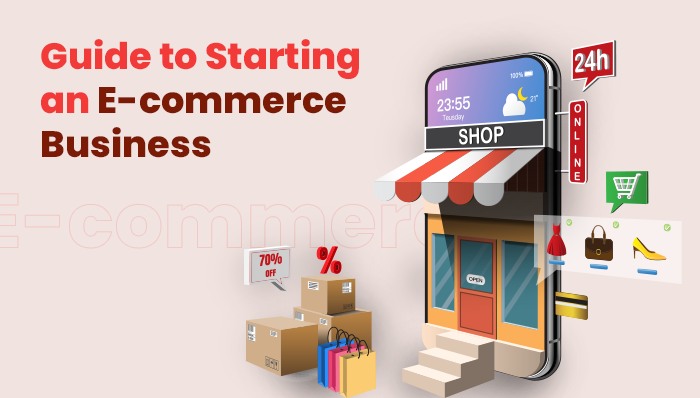
E-Commerce Business: A Growing Opportunity & It’s Implementation Process
The latest technological advancements are bringing us closer to achieving a convenient and hassle-free lifestyle, where everything can be done digitally. As a result, the need for physical presence is rapidly diminishing every day.
One of the most popular and undeniably significant examples of this digital transformation is the increasing demand for e-commerce. It is a well-known fact that online shopping is taking the retail sector by storm, as its market is expanding day by day.
As a result, there is an increasing demand amongst businesses to start an e-commerce business and take their operations online. However, it is commonly known that businesses have a limited understanding of the immense scope that e-commerce has.
Therefore, let’s find out exactly how popular is the e-commerce segment and if it is a feasible idea to develop an e-retail website.
Scope Of E-Commerce In Present Time
It is worth noting that the global e-commerce market is expected to reach 5 trillion USD by the end of 2022. This amount proves this segment’s extensive scope and wide popularity.
The market and demand for online shopping have rapidly increased in the previous years as digitalization has taken over people’s lifestyles. Nowadays, everyone is looking for convenient and hassle-free shopping, which is a lifestyle that e-commerce facilitates.
Owing to this factor, more and more businesses are developing an e-comerce website to target the customers present on the digital platforms. However, while the demand for e-commerce platforms is high, very few businesses actually know what it takes to launch an e-retail website.
But worry not, as here we have provided the complete answer to one of the most popularly asked questions: ‘What is the process of creating an e-commerce website?’.
9 Step Process To E-Commerce Website Development
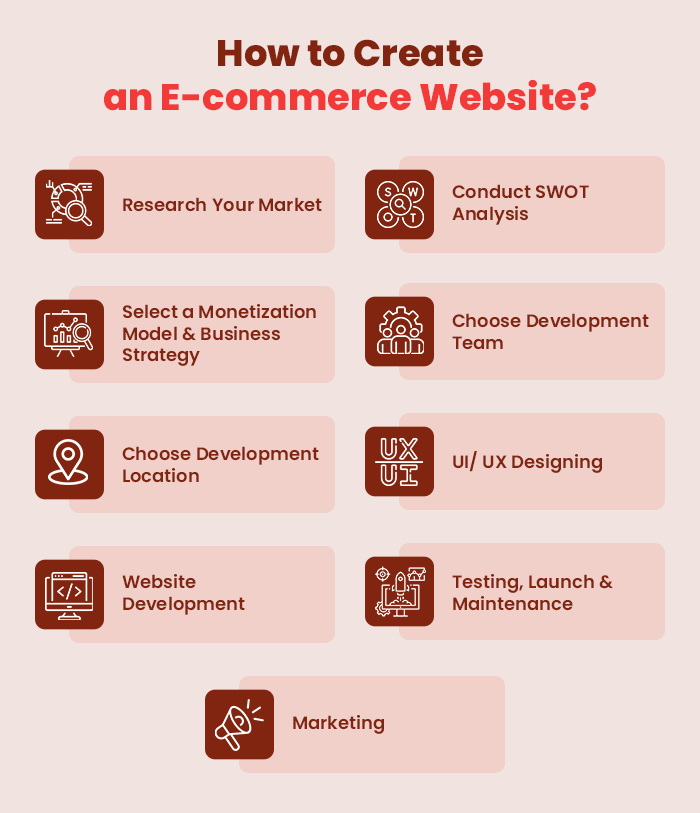
Step 1: Research Your Market
Knowing your market is the first step to starting an e-commerce business. In this step, one has to understand the target market, its demands, and the market gap. Based on these understandings, you can deploy an e-commerce website that can fulfill the market needs.
Another crucial part of market research is competitor research, in which a business researches its competitors to determine their strategies. Moreover, by researching your competitors, you can find out what they are doing to fulfill the market’s needs.
All you have to do is research the competitors in your industry and plan a website with similar features and functionality. For example, to create an e-commerce website like Amazon, the first step will be researching what Amazon is doing. This research will help you to identify features, strategies, and business plans to successfully accomplish your web development objective.
Step 2: Conduct SWOT Analysis
SWOT Analysis is one of the most prominent and popularly used tools of strategic management. One can use this tool to understand their business’s strengths, weaknesses, opportunities, and threats and efficiently work on them.
In e-commerce sector, SWOT analysis serves as the founding stone of the platform’s success. This is because each component of the SWOT analysis is a critical area for businesses to focus on to optimize revenue and minimize losses. Here is the meaning of each element of the SWOT analysis:
Strengths
These are the areas where businesses are excelling in and have immense potential. A business can generate a competitive advantage by working on this area and developing a unique and success-driven online shopping website.
Weaknesses
Weaknesses are the areas the businesses are lagging in. If neglected for a long time, these weaknesses can become a threat to your business and can hinder its growth. Therefore, businesses looking to start an e-commerce business must work on their weaknesses as good as they do on their strengths.
Opportunities
Opportunities are the areas of potential growth once explored and therefore are looked for by every start-up and established business. However, it is important for businesses to realize these opportunities on time to reap maximum benefits.
Threats
Threats are risk factors that can harm your business in the long run. Therefore, by focusing on avoiding these threats, a business can optimize its profits and ensure long-term growth.
Step 3: Select A Monetization Model & Business Strategy
The essence of starting an e-commerce business is to generate revenue from online sales. To achieve this goal, a business has to formulate an optimum business strategy and find a way to monetize its e-commerce business.
Generally speaking, there are three types of e-commerce business models that are used in the market. These e-commerce business models are the Inevtnory-led Model, Online Marketplace Model, and Managed Marketplace Model.
The business owner has to determine which of these models will be useful in their business and help them achieve their business objectives.
Moreover, a business will also have to plan a monetization strategy to actually generate revenue from its business. The type of monetization strategy one will select will depend upon their business model, nature of business, business objectives, and several other factors.
Here are some of the most popular e-commerce monetization strategies:
- Commission on sales
- Sponsored Listing
- Premium Membership
- Other Services (Shipping, Set-up)
- Affiliate Sales
- Advertising
By formulating an optimum business strategy and choosing the right monetization plan, you can ensure that your business succeeds in the market.
Step 4: Choose Development Approach
There are numerous ways through which one can develop a website. Each method has its own pros, cons, and impact on the final website. Therefore, one must be careful while choosing the web development approach.
Below given is a brief of all the web development approaches:
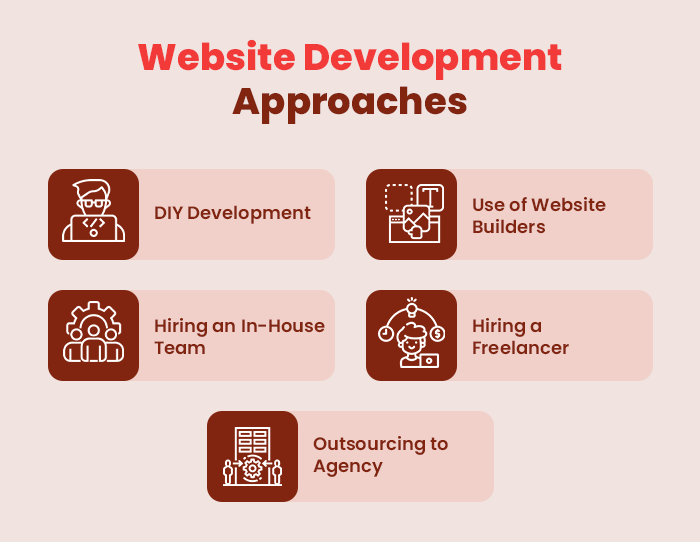
DIY Development
In this option, the website owner undertakes the task of developing a website. To develop a complete e-commerce website by yourself, you must know the technical aspect of web development. Moreover, creating a website is more than just writing codes.
A lot goes into the web development process, like planning, designing, testing, etc. Since it is practically impossible for a single person to know about all these aspects, there are high chances of developing a low-quality e-retail website in this option.
Use Web Builder
There are various web builder tools like Shopify that offer seamless help to create an e-commerce website in no time. All one has to do is drag and drop elements as per their preferences and available designs, and all the coding takes place in the background simultaneously.
However, using a web builder puts a limitation on the design of the website, as the scope of element placement is limited. As a result, there are high chances that your website might have a design similar to that of a competitor, therefore decreasing your market value.
Hiring An In-House Team
This is one of the most widely recommended approaches to building a large-scale e-commerce website that will need constant maintenance and upgradation. Speaking factually, e-commerce giants like Amazon has its in-house team working on the website throughout the day.
However, it can turn out to be a cost-intensive affair for a business to hire a complete in-house team. This is because, in this approach, they will not just need to pay the monthly salary to employees but will also have to spend additionally on infrastructure, administration, and human resource management.
Hire A Freelancer
Freelancers are remote workers that specialize in a certain task. By hiring a freelancer, one can significantly save on the cost it will take to build a website. Moreover, depending upon the business requirements, you might also have to hire a team of different freelancers for different job roles (designer, developer, tester, etc.).
However, hiring a freelancer is highly discouraged, as there is no guarantee of quality, and there are chances that the assigned freelancer might leave your project in between.
Hiring An Outsourcing Agency
Outsourcing web development to an agency is one of the best approaches to creating a website. Web development agencies have a wide experience in developing and designing high-quality e-commerce websites and offer personalized solutions.
All you have to do is search for web development agencies and check out their portfolio to shortlist the best ones. This will allow you to get a high-quality online shopping website for your business in less time and cost.
Step 5: Choose Development Location
This is a highly critical step if you plan to outsource your web development project to an agency or a freelancer. However, you can skip this step if you choose to develop an website by yourself, using web builder tools, or by hiring an in-house team.
However, outsourcing web development, especially to an agency, is one of the most widely recommended options. Nevertheless, when you outsource web development, whether to an agency or a freelancer, you have to choose the development location.
Interestingly enough, different locations have different development rates. Therefore, by knowing about the different development rates in different locations, you can ensure that you select a location where the development costs are low. This will enable you to cut down on web development costs for your e-commerce project.
Here is how much web developers from different locations charge to create a website from start to end:
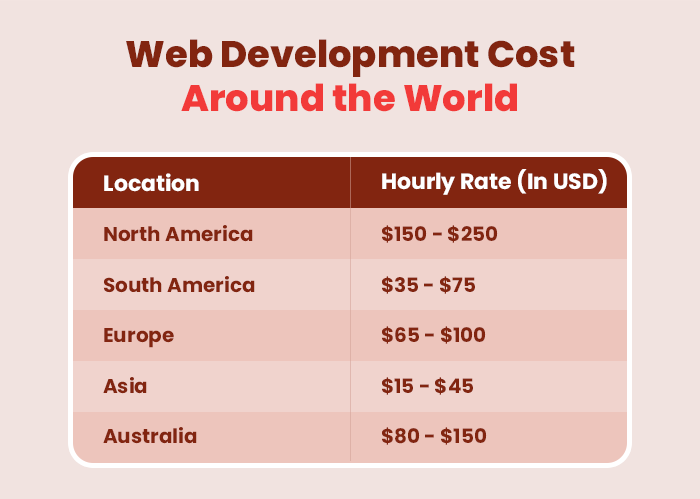
As you can see, Asia is the location where the cost of developing the website is the lowest. Speaking factually, the costs of developing websites in Asian countries like India can be as low as $15-$20/hr. Moreover, these countries are some of the most well-known IT hotspots and have the best developers to create a high-quality website.
Therefore, our recommendation is to go for web development agencies located in Asian countries for optimum results.
Step 6: UI/ UX Designing
It is commonly known that the first interaction of the user with a website is visual. Therefore, it is fundamental for businesses to create a website with an appealing and functional UI design. UI/ UX design is what determines the placement of elements and features on the website and can either make or break your website.
This is especially important when it comes to e-commerce web development, as the buyer’s entire buying decision can be highly influenced by the website’s UI design. Simply stated, a poorly designed website will negatively impact the user experience and will decrease the conversion rate of the website.
Regardless of which web development approach you choose, knowing the importance of a well-designed website UI/ UX is highly important. By knowing exactly what to focus on in your website’s design and what to avoid, you can easily create a high-quality e-commerce website.
Step 7: Web Development
This is where the actual process of developing a website takes place. Based on the design created in the previous step, the web development team you selected in Step 4 creates the website as per your requirement.
Depending on the type of e-commerce model you have chosen, the web developers create different modules for your website. Generally speaking, these modules are: seller’s panel, buyer’s panel, and admin panel.
Moreover, it is necessary to choose the right technology to create an efficient e-commerce website. When you outsource web development to an agency, you will get complete assistance on the right tech stack for your website. However, in self-development, freelance, and in-house development, this is a choice that you have to make by yourself.
Another crucial part of e-commerce website is selecting a domain name, buying an SSL certificate, and website hosting, which one must focus on when starting an e-commerce business.
Step 8: Testing, Launch & Maintenance
Simply developing a website and not testing it before launch can be a recipe for disaster. Therefore, once your website has been developed, it is essential that you test it to identify and remove bugs.
However, if you are developing an enterprise-level website, which is mostly the case, there are chances it can be tedious to test so many web pages altogether.
Our recommendation is to follow agile methodology, which is an approach that reduces testing time requirement and increases the efficiency of the process. In agile methodology, a website is developed and tested in chunks, and the bugs are eliminated simultaneously. This approach ensures that all the bugs on the website are removed before its launch. As a result, one can offer a seamless and high-quality website on the internet.
Once you are done testing your website, you are all ready to launch it and make it available to the users to shop from. However, the web development process does not end here.
It is commonly known that website development trends and e-commerce trends change rapidly. Therefore, to keep up with the latest market trends, it is important that a business keeps on adding the latest and high-tech features. This will increase the retention rate of the website and give a competitive advantage.
Some of the latest e-commerce website features are given below:
- AR (Augmented Reality) to check products before buying.
-
AI (Artificial Intelligence) to enhance search results and user experience.
-
Voice Search to allow users to find products easily.
Step 9: Marketing
Investing a hefty sum on e-commerce website but not marketing it can put your investment at risk. Therefore, once you are done with web development, you should plan and implement marketing strategies to advertise your e-commerce website to the end-users.
There are two forms of marketing: traditional marketing and digital marketing. Digital marketing is more advanced, efficient, and less cost-intensive than traditional marketing and yields better results.
Moreover, by implementing digital marketing strategies in their e-commerce business, one can also target a market outside its geographical region and earn revenue.
This makes digital marketing an essential part of launching an e-commerce business.
We have reached the end of the blog, as this was the last step in the process of developing an e-commerce website.
Summing It Up
Now that you are aware of the what it takes to start an e-commerce business, you are all set to start the actual process and create a high-quality website. By adhering to these steps, you can create an efficient and high-quality online shopping website.
We hope that you are clear on your question- how to start an e-commerce business and what goes into the process. By investing in e-commerce platform development and choosing the right approach, you can accomplish your business objectives easily and within a limited time and budget.
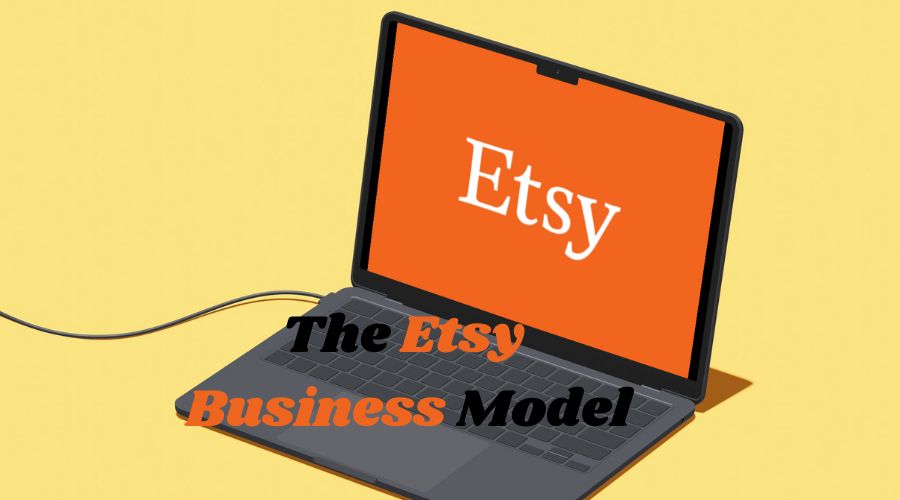
The Etsy Business Model: How Does Etsy Make Money?
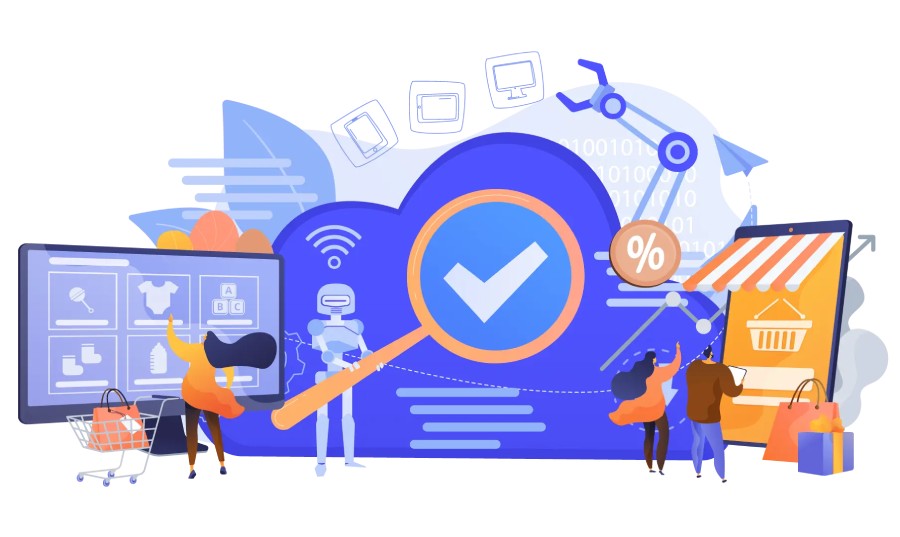
How eCommerce Solutions Are Revolutionizing the Way We Do Business?

How to Protect Your Personal Data Online

6 Tips for Being a Successful Fleet Manager

How Should you Analyse Competitors Social Media Strategies
